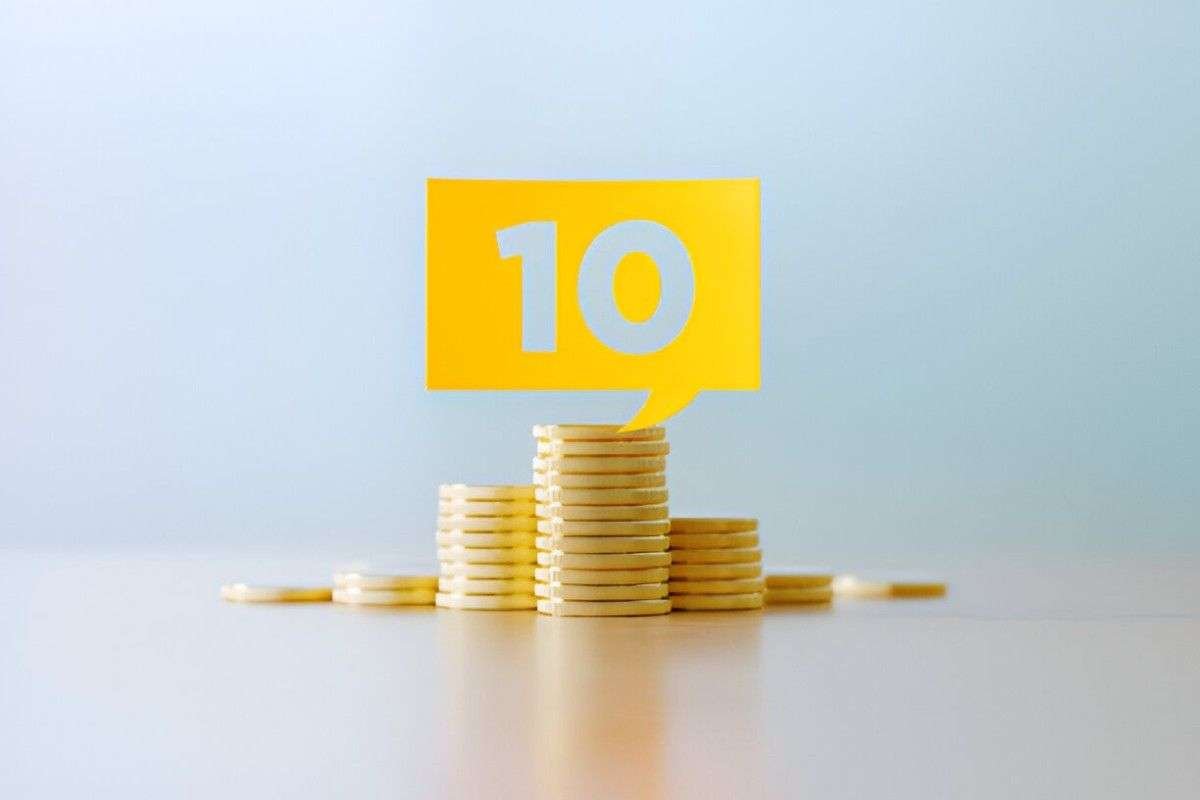Saving money does not mean giving up everything enjoyable. It is about making small but effective changes that add up. In this article, I will outline ten practical ways to save money without feeling deprived. These are not just theories; they are strategies I have used or seen work.
Table of Contents
1. Track Every Expense
The first step to saving money is knowing where it goes. Without tracking, you cannot manage it effectively. I use a simple spreadsheet, but you can also use budgeting apps.
| Expense Type | Amount Spent (Example) |
|---|---|
| Groceries | $400 |
| Dining Out | $250 |
| Rent/Mortgage | $1,200 |
| Utilities | $150 |
| Subscription Services | $50 |
| Other | $200 |
| Total | $2,250 |
Once you track for a month, patterns emerge. This makes it easier to cut unnecessary expenses.
2. Reduce Recurring Bills
Subscription services, insurance, and phone plans often have hidden savings. I once reviewed my subscriptions and found I was paying for four streaming services when I only used two. Cutting the unused ones saved me $20 per month. Over a year, that is $240. Small savings stack up.
| Bill Type | Old Cost | New Cost After Optimization | Annual Savings |
|---|---|---|---|
| Internet | $80 | $60 | $240 |
| Streaming | $40 | $20 | $240 |
| Insurance | $120 | $100 | $240 |
| Total | $240 | $180 | $720 |
3. Cook More, Eat Out Less
Dining out costs significantly more than home cooking. A home-cooked meal often costs half or less than a restaurant meal. If I eat out three times a week at $15 per meal, that is $180 per month. Reducing it to once per week saves around $120 per month.
A simple calculation:
- 12 restaurant meals at $15 = $180
- 4 restaurant meals at $15 = $60
- Monthly savings = $120
- Annual savings = $1,440
4. Buy in Bulk and Plan Grocery Shopping
Buying in bulk reduces per-unit costs. I buy non-perishable items like rice, pasta, and canned goods in larger quantities. Planning meals also prevents impulse purchases.
Example: Buying 10 lbs of rice at $1.00 per pound instead of 2 lbs at $1.50 per pound saves $5 per purchase.
5. Use Cash-Back and Rewards Programs Wisely
Credit cards with cashback rewards can be beneficial when used responsibly. I use a 2% cashback card for necessary expenses like groceries and gas. If I spend $1,000 per month, I earn $20. Over a year, that is $240.
| Expense Category | Monthly Spending | Cashback % | Monthly Cashback | Annual Cashback |
|---|---|---|---|---|
| Groceries | $400 | 2% | $8 | $96 |
| Gas | $150 | 2% | $3 | $36 |
| Other Essentials | $450 | 2% | $9 | $108 |
| Total | $1,000 | 2% | $20 | $240 |
6. Automate Savings
I set up an automatic transfer of $100 per paycheck into a savings account. It removes temptation and builds savings effortlessly. If I get paid biweekly, that adds up to $2,600 per year.
7. Cut Energy Costs
Energy bills can be reduced by simple changes like using LED bulbs, unplugging unused devices, and adjusting thermostats. I saved around $20 per month by implementing energy-saving habits.
8. Buy Second-Hand When Possible
Items like furniture, appliances, and even clothing can be significantly cheaper second-hand. I once bought a $1,000 dining table for $300 on a resale platform.
9. Negotiate Bills and Interest Rates
Calling service providers for better rates can work. I negotiated my internet bill down by $10 per month. If you have a credit card balance, asking for a lower interest rate can save even more.
10. Avoid Lifestyle Inflation
As income increases, spending often increases too. Instead, I channel raises or bonuses into savings and investments. If I get a $2,000 annual raise and save 50%, that is $1,000 extra in savings each year.
Final Thoughts
Saving money is not about extreme sacrifices. It is about being intentional. These strategies have helped me, and they can work for you too. The key is consistency and small, smart decisions every day.





